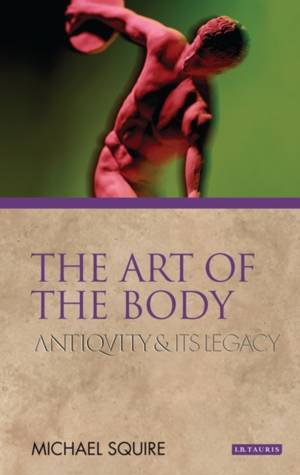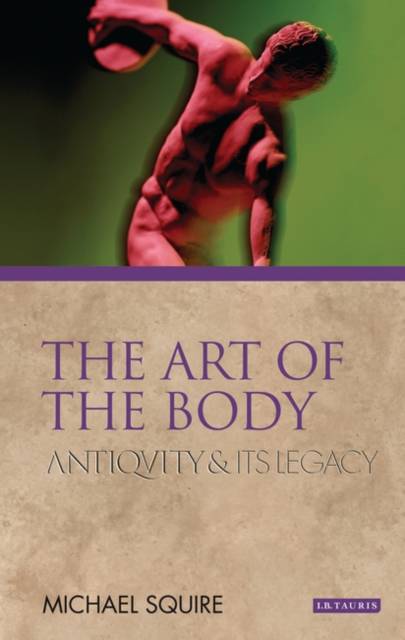
- Afhalen na 1 uur in een winkel met voorraad
- Gratis thuislevering in België vanaf € 30
- Ruim aanbod met 7 miljoen producten
- Afhalen na 1 uur in een winkel met voorraad
- Gratis thuislevering in België vanaf € 30
- Ruim aanbod met 7 miljoen producten
Omschrijving
The art of the human body is arguably the most important and wide-ranging legacy bequeathed to us by Classical antiquity. Not only has it directed the course of western image-making, it has shaped our collective cultural imaginary - as ideal, antitype, and point of departure. This book is the first concerted attempt to grapple with that legacy: it explores the complex relationship between Graeco-Roman images of the body and subsequent western engagements with them, from the Byzantine icon to Venice Beach (and back again). Instead of approaching his material chronologically, Michael Squire faces up to its inherent modernity. Writing in a lively and accessible style, and supplementing his text with a rich array of pictures, he shows how Graeco-Roman images inhabit our world as if they were our own. The Art of the Body offers a series of comparative and thematic accounts, demonstrating the range of cultural ideas and anxieties that were explored through the figure of the body both in antiquity and in the various cultural landscapes that came afterwards.
If we only strip down our aesthetic investment in the corpus of Graeco-Roman imagery, Squire argues, this material can shed light on both ancient and modern thinking. The result is a stimulating process of mutual illumination - and an exhilarating new approach to Classical art history.
Specificaties
Betrokkenen
- Auteur(s):
- Uitgeverij:
Inhoud
- Aantal bladzijden:
- 256
- Taal:
- Engels
- Reeks:
Eigenschappen
- Productcode (EAN):
- 9781845119300
- Verschijningsdatum:
- 10/01/2019
- Uitvoering:
- Hardcover
- Formaat:
- Genaaid
- Afmetingen:
- 140 mm x 216 mm
- Gewicht:
- 462 g

Alleen bij Standaard Boekhandel
Beoordelingen
We publiceren alleen reviews die voldoen aan de voorwaarden voor reviews. Bekijk onze voorwaarden voor reviews.











